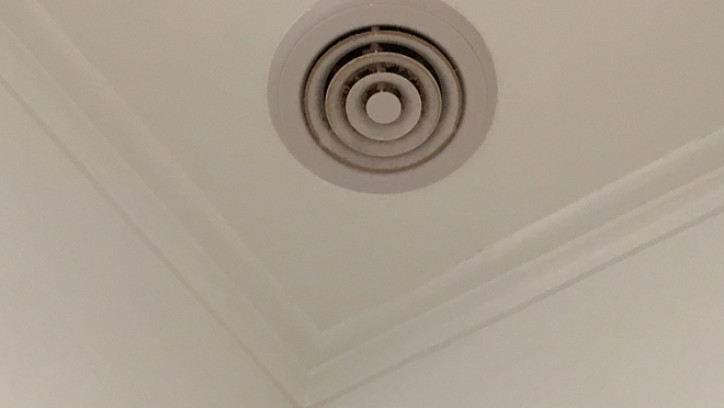Ventilation
Last updated: 9 August 2023

With good ventilation, your home will be drier, healthier and more comfortable.
Ventilation is about helping fresh air to circulate through your home
Ventilation is about helping fresh air to circulate through your home. It allows moisture and airborne pollutants to escape, and fresh clean air to be drawn into your home. With good design, you can control the circulation of air, rather than having draughts.
Continuous mechanical (active) ventilation is most effective for maintaining fresh air, and is more convenient than relying on opening doors and windows.
If you don't have whole-house mechanical ventilation, then it's critical that you open windows several times each day. It is also important to have extractor fans to expel moist air from the kitchen, bathroom and laundry to the outside.
Well-designed ventilation will also provide cooling in summer, which depends to a significant extent on the size, placement and type of windows, doors and other openings in your home.
Does ventilation matter?
Poor ventilation allows moisture and airborne pollutants to build up inside your home. This can cause health problems such as asthma for you and other members of your household. Moisture can also make your home uncomfortable to live in and damage its structure and decor.
When should you think about ventilation?
Planning a home or renovation
If you're building or renovating, ventilation should be considered early in the design process.
Good design should strike a balance between the need to introduce fresh, healthy air into your home and the need to maintain comfortable temperatures, so ventilation should be considered alongside passive and active heating and cooling options.
If you consider heating without adequate ventilation, you may end up with a home that's warm but not as healthy or comfortable to live in as it could be.
Homes built since the 1990s are much more airtight than older homes meaning that, while they are easier to heat, problems associated with inadequate ventilation have become more common. Because these homes have very low levels of background air leakage, if the occupants don’t open windows regularly and/or use extractor fans in wet areas, condensation and damp will occur even though the homes are insulated.
Mechanical ventilation systems are best to maintain air quality, as they can provide continuous ventilation at just the right level. There are different options, and it is key that the supply air is taken from outdoors, not from the roof space, which can be polluted.
Some ventilation systems have a heat exchanger which extracts heat from the exhaust air to warm the incoming air from the outside. They are commonly used in colder northern hemisphere countries where houses are typically highly insulated and airtight.
During and after construction
During the construction process and for a few weeks afterwards, you'll need to provide additional ventilation to minimise your exposure to airborne pollutants such as formaldehyde from new building materials. It’s also a good idea to choose environmentally friendly paints, plasterboard products and thermal insulation, such as those which have the Eco Choice Aotearoa label.
In your existing home
Ventilation can be improved in an existing home without making significant alterations. This could include installing a whole-house ventilation system that brings in fresh air from outside (but not from the roof space!), or making a window with a fixed sash openable.
A well-insulated and draught-proofed home allows you to better control your ventilation, rather than being draughty and cold.
Older homes tend to be less airtight than more modern homes. This can allow for some natural ventilation – but can also mean they're draughty and harder to heat. As a general rule of thumb, houses built before the 1960s will be very draughty, and houses built between the 1960s and 1980s will be quite draughty. Homes built since will be quite airtight, especially if they have a simple shape and roofline.